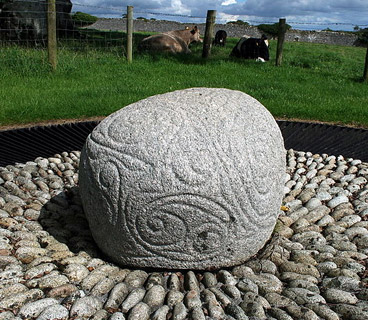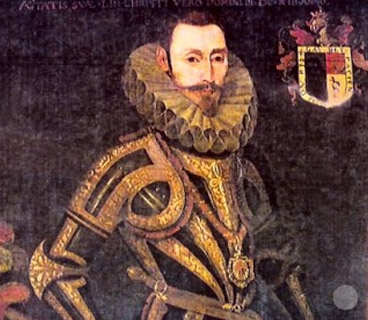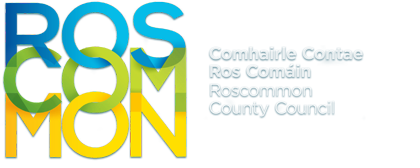History of the Suck Valley Way
The Norman Invasion

The area is very interesting historically. The La Tene stone (Castlestrange), dating to the early Iron Age, shows pre-Christian occupation and the many raths (ring forts) also testify to this. In historic times this was an area where the battle for Ireland between the English Normans and the native Irish swayed to and for nearly five hundred years.
In their first sweep of success the Norman knights penetrated very far into Ireland, and de Burgos, Bagots and Stauntons carved out domains for themselves. They were opposed by O’Connors (whose family produced the last High Kings of Ireland) and O’Finaghtys. Castles and estates changed hands frequently and as the tide of Norman conquest receded, the invaders became as is often said “more Irish than the Irish”. The de Burgos intermarried with the Irish, became Burkes and split into families such as the MacWilliam Burkes and the MacDavid Burkes. They spoke mainly Irish and were supreme in the region until they too were dispossessed in the 16th and 17th century. They were Catholic, like the “native Irish”, and fought fiercely against the Protestant advance in Elizabethan and Cromwellian times which brought a new set of landowners to the Suck Valley. The Talbots, Ormsbys, Caulfields and rare anglicized Irish, like the O’Kellys, have disappeared in their turn, leaving only the ruins of their houses.
The passage of Donal O'Sullivan Beara
Of particular historical interest is the passage of Donal O’Sullivan Beara. Driven from his lands in West Cork after the battle of Kinsale in 1601 O’Sullivan set out for Leitrim some 450 kilometers to the north with over one thousand followers, soldiers, men, women and children. Harried by the English forces and by pro-English Irish, he succeeded in crossing the Shannon near Meelick. He was brought to battle at Aughrim, but fought off his attackers and escaped to the north, his numbers reduced by death and desertion to a few hundred.
His march took him the Mount Mary, Glinsk (where he was attacked by MacDavid Burkes) and Ballymoe, passing out of our area at Slieve O’Flynn north of Castlerea, where he was again attacked by the MacDavid Burkes. (See also under Mount Mary and Glinsk).
When he finally arrived in friendly territory in Co. Leitrim after a fifteen day epic journey in mid winter, his thousand followers had dwindled to 34 men and one women.







